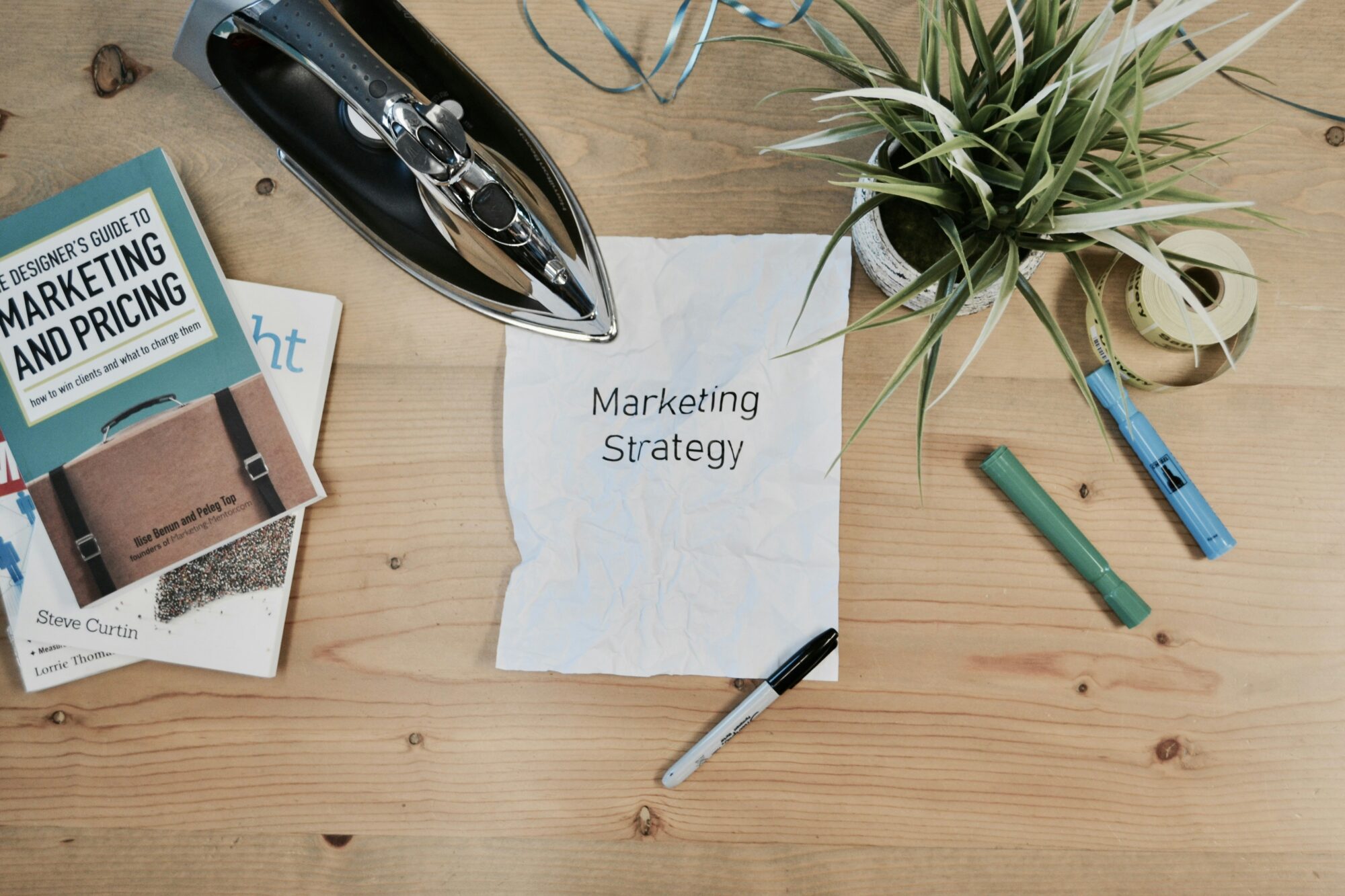Just like pine and fir trees, which are green year-round, evergreen content is marketing content that stays relevant over time and doesn’t become outdated. It’s content that you can easily reuse and recycle without having to make a million edits. It’s content that you can confidently share with leads and investors without worrying about suddenly turning red with embarrassment when they stumble across a sales figure from the last decade or a marketing myth that has since been debunked. In a pinch, it can be quickly added to an email or social post to save you from creating brand new content each week.
Evergreen content ages like fine wine. It purposely avoids talking about time-sensitive topics like trends, industry news, and recent events. It also steers clear of referencing facts and figures that are subject to change. It’s as true today as it was yesterday and will be tomorrow.
Simply put, evergreen content is the marketing gift that keeps on giving! It stays fresh, relevant, and readable no matter when you share it.
Examples of Evergreen Content:
- The Benefits of Small Marketing Agencies
- 4 Ways to Supercharge Your Website
- The Importance of Volunteering
- Becoming the Best Possible Version of Yourself
- 4 Ways to Supercharge Your Website
Types of Evergreen Content
The examples provided above are mostly blogs, but evergreen content can be any media (videos, infographics, webpages, landing pages).
The format isn’t necessarily important. It’s the subject matter that matters—which works to your advantage since it means that the evergreen content you create can be easily repurposed for different marketing channels.
If you already have the research, messaging, and visual assets, you can easily turn an evergreen blog into an email, or a full-length evergreen video into short clips for social media.
Case Studies
Case studies are a great example of content that doesn’t become easily outdated. Not only are they a powerful form of social proof, they are also great for evergreen content since they showcase real-world success stories that remain relevant for years.
The key to making a case study evergreen is to focus on the why and how behind your customer’s success. For example, instead of writing ‘How Company X Increased Revenue by 30% in 2024’, a better angle would be ‘How Company X Transformed Its Sales Strategy to Boost Revenue’. By focusing on process rather than just the results, case studies can serve as persuasive tools for lead generation, sales pitches, and marketing campaigns long after they’re published.
How-to Guides
How-to guides and walkthroughs that help solve specific problems provide consistent value over time. The trick is to find a problem where the solution isn’t likely to change over time. Articles like ‘How to Use ChatGPT’s Latest Updates’ or ‘How to Apply for a COVID-19 Economic Injury Disaster Loan’ probably aren’t the best candidates for evergreen content. So instead of zeroing in on these very specific topics, zoom out and focus on the bigger picture.
For a tech company, instead of focusing on specific new technology, you could write a more general article like ‘How to Get Leadership Buy In When Choosing Tech.’ For a business consultant, you could choose to write something along the lines of ‘10 Essential Questions When Considering What Loans Are Best for Your Business.’
Listicles
Listicles—articles structured as lists—are a staple of evergreen content because they’re easy to read, engaging, and endlessly shareable.
The trick to creating evergreen listicles is to focus on topics that will remain relevant for years to come. Even if minor updates are needed over time, the core content remains useful, making it a reliable resource for your audience.
FAQs
Frequently Asked Questions (FAQs) are a goldmine for evergreen content. No matter your industry, customers always have recurring questions—whether it’s about pricing, best practices, or how to use a product. Instead of answering these questions repeatedly, businesses can create FAQ pages, blog posts, or videos that serve as permanent resources.
How to Build Evergreen Content
Sometimes it’s easiest to build evergreen content from the bottom up. If no ideas jump out at you, start with a product benefit, unique selling point, or frequently asked question, and go from there. When in doubt, choose something that showcases your expertise, solves a problem, or makes your audience’s life even easier.
Examples of Content that IS NOT Evergreen:
Not all of your content can or should be evergreen. Press releases, trends, industry news, and seasonal content are all an important part of a balanced marketing strategy. By avoiding these topics, you miss out on valuable marketing opportunities to present your brand as timely and relevant. To find the right mixing of evergreen and time-sensitive content, you need to understand the difference between the two.
So, in case you still have any doubts as to what evergreen content is, here are examples of content that are definitely NOT evergreen.
- How to Plan Your 2025 Marketing Budget
- Anxiety or Innovation? What’s the Deal with AI
- Don’t Panic: Your Guide to the Coming Recession
- Everything You Need to Know About The FTC’s New Click-to-Cancel Rule
Conclusion
Evergreen content isn’t just a marketing tool—it’s an investment that continues to pay dividends in the form of clicks, leads, and sales long after you hit publish. And the key to creating evergreen content that will continue to pay off over time is to focus on subject matter that’s informative, educational, shareable.
The biggest difference between content that’s evergreen and content that isn’t is that evergreen content solves common problems and provides timeless insights. It avoids referencing trends, recent events, or seasonality. And that doesn’t mean that you should give up on being relevant!
Evergreen content should be the foundation to your content marketing strategy. It’s the key to long term, sustainable growth. Fresh, topical content on the other hand is helpful for picking up quick wins and garnering sudden spikes in engagement. The best marketing strategies strike a balance between the two.

